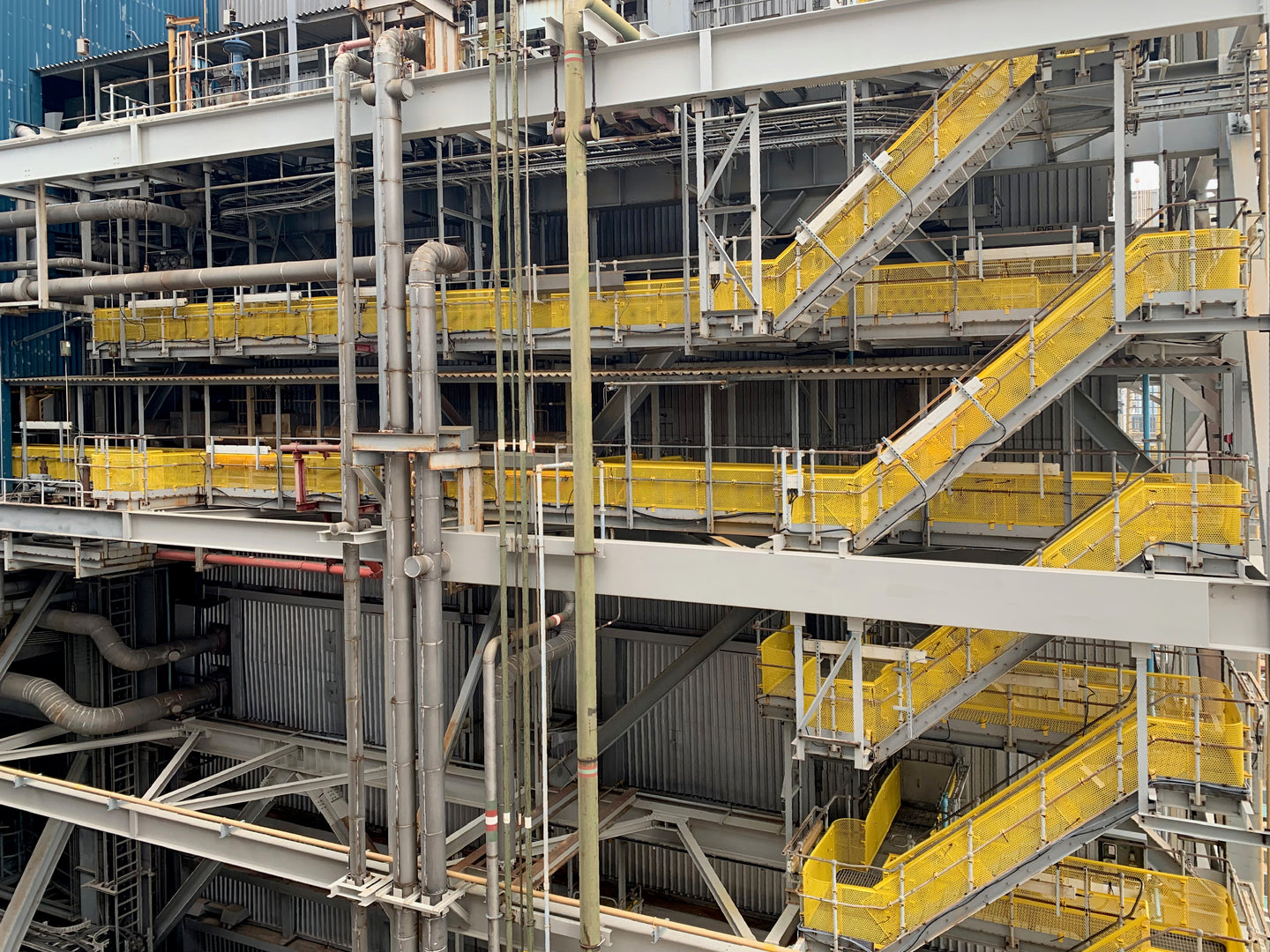‘Safety culture’, at first glance, might seem an ill-defined concept. Most people have some idea of what it is, but in reality, it is a concrete, specific and vital part of best practice Drops prevention programmes.
Decision makers in industries such as Oil & Gas, Power Generation, Mining and Maritime have a suite of tools to tackle Drops. This may include engineered controls, like nets and barriers, but also procedures, such as checklists and no-go zones.
These control measures work best as part of a holistic Drops prevention strategy. At the heart of this, impacting the planning and implementation of all other elements of the strategy, is an organisation’s safety culture. This piece will therefore explore what a ‘safety culture’ means in the context of Drops prevention.

Defining a safety culture
In 1993, the Advisory Committee on the Safety of Nuclear Installations (ACSNI) conducted a detailed study examining the role of human factors in safety performance. It defined safety culture as:
“The product of individual and group values, attitudes, perceptions, competencies, and patterns of behaviour that determine the commitment to, and the style and proficiency of, an organisation’s health and safety management.”
An organisation’s safety culture, broadly speaking, is how well individuals adhere to safety guidelines and react to incidents. It is a holistic measure of how seriously hazards are taken, both individually, and at the wider corporate level.
In Drops prevention, a safety culture means cultivating an active awareness of Drops risks, and ensuring all personnel have the training and tools to deal with issues quickly and effectively.

From the facility floor to the boardroom
Often it is the frontline workers – those most directly affected by Drops – who have the deepest insight into what a successful Drops programme looks like at their workplace.
In turn, a unified and well-resourced Drops strategy across the entire organisation can drive effective change and nurture a grassroots safety culture. When Drops prevention best practice is high on the agenda and given prominence in official materials and during meetings, it becomes easier to take informed, decisive action as a business, rather than embark on piecemeal initiatives at the operational level.
A useful approach to understanding the importance of a holistic safety culture is ‘work as imagined’ vs ‘work as done’. Human Performance in Oil & Gas (HPOG) defines work as imagined as “how engineers, planners, advisers, managers or anyone else involved in design believe the work should be done, under ideal circumstances.”
‘Work as done’ is defined as “what people actually do to get the job done, taking into account the realities of the situation such as the equipment configuration, and ease of use of the procedure, and the time and resources they have.”
When there is a significant gap between the two, personnel may have to adapt their behaviour. The overall goal for decision-makers is to ensure that ‘work as imagined’ is as close to ‘work as done’ as possible. Clear lines of communication within industrial organisations, especially where decisions are taken off-site or centrally, are key to reducing the risk of Drops incidents.
Ultimately, it is vital to ensure that Drops prevention is ingrained into the fabric of an organisation, from maintenance workers to senior executives. A strong safety culture means making safety – including Drops prevention – second nature.
